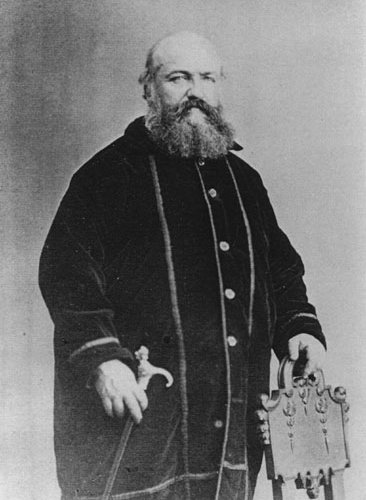
Ceremonial magician and influential figure of modern occultism: Éliphas Lévi Zahed, born Alphonse Louis Constant
Sometime in 1854, Éliphas Lévi traveled to London to give lectures, but his limited English made teaching difficult. To his further dismay, he was also expected to perform magic tricks to entertain the audience. When asked to summon the spirit of the ancient magician Apollonius of Tyana, Lévi confessed that he had never attempted such a feat and, in fact, had little interest in that sort of spectacle.
But after much persuasion, he agreed to try. To prepare, he undertook a rigorous 21-day preparation, which included a vegetarian diet, fasting, and intense meditation on Apollonius. He then performed the ritual in a so-called temple. After 12 hours of incantations, he felt cold and uneasy.
During the ritual, a spirit reportedly manifested and touched the sword Lévi was holding. He felt a sharp pain in his arm, which soon went numb. Overcome by an intense cold and fear, he fainted, and he later claimed that his arm remained numb for several days. Though he approached the experience subjectively, Lévi used it to gauge the power and impact of magical ceremonies.
From this experience, he recognized the importance of a strong and experienced psyche in ceremonial magic. Or so the story goes.
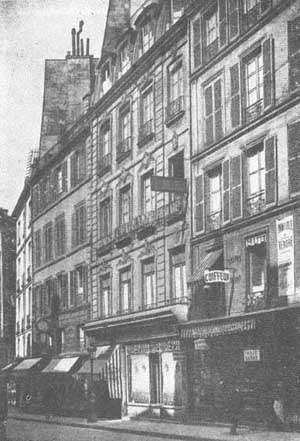
Birth house of Eliphas Lévi – No. 5 Rue des Fossés-Saint-Germain-des-Prés, nowadays Rue de l’Ancienne-Comédie.
Alphonse Louis Constant was born on February 8, 1810, in Paris, France, the son of a shoemaker. In 1830, he began training for the Roman Catholic priesthood, but he abandoned this path in 1836. Some suggest he left to pursue the occult, while others believe he gave it up after falling in love.
Later, he became known as Éliphas Lévi Zahed, the renowned French ceremonial magician and author of influential occult works. Lévi claimed that Éliphas Lévi is a Hebrew transliteration of his birth name. Regardless of the accuracy of this claim, the name carries a potent resonance, evoking the powerful image of Baphomet that Lévi helped shape in modern esoteric thought.
Although Lévi is best known for his post-1854 works, he had previously published several politically charged texts, including La Bible de la Liberté (1841), Le Livre des Larmes (1845), and Le Testament de la Liberté (1848), reflecting his radical views and his self-described communisme néo-catholique. The publication of La Bible de la Liberté led to an eight-month prison sentence. Some scholars suggest that disillusionment with socialist ideals after 1848 prompted his turn to occultism, though it is possible he developed his esoteric system alongside his political ideology.
After Dogme et Rituel de la Haute Magie (1854–1856), Lévi published occult works, including Histoire de la Magie and La Clef des Grands Mystères, with Le Grand Arcane, ou l’Occultisme Dévoilé appearing posthumously
Lévi’s magical system reflects a synthesis of socialist and magnetistic ideas and is particularly shaped by Hermeticism, Kabbalah, and alchemy. He identified three fundamental principles of magic:
- The material universe as a fragment of total reality: The material world is an infinitesimal part of a broader multiverse, comprising multiple planes and modes of consciousness. This total reality can be perceived and influenced through astral light, a cosmic fluid that can be transmuted into physical forms by the force of will.
- Will as a universal force: Human willpower is limitless and capable of transcending all boundaries.
- The human as microcosm: Each person is a microcosm, a scaled-down reflection of the macrocosm, with reciprocal influence between the individual and the cosmos.
Although Lévi made such philosophical contributions, he is perhaps best remembered for shaping the modern image of Baphomet. Traditionally associated with the Knights Templar, Baphomet serves as a symbolic representation of the Absolute in Lévi’s system.
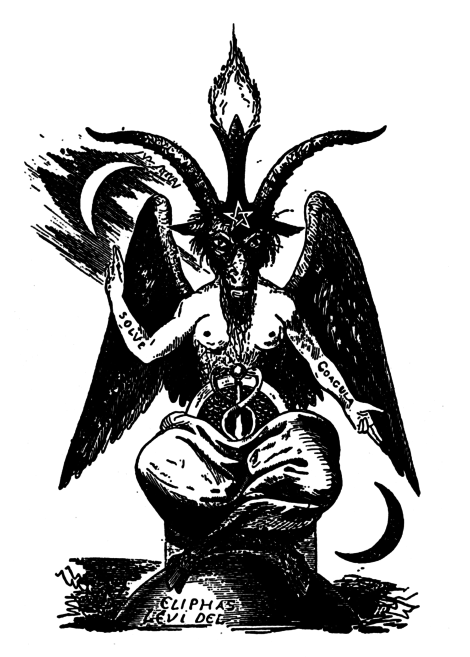
Baphomet by Eliphas Levi – a renowned illustration of modern occultism and model for major arcana XV in A.E. Waite’s Tarot (Rider-Waite)
Lévi depicted Baphomet as a winged goat-headed being with both male and female traits. The main ideas represented in his depiction of Baphomet are polarity (as expressed through the Hermetic concept: “As above, so below”), the unity of the four Platonic elements, and fertility. He had also invested the inverted pentagram with Baphomet’s qualities, thus separating the symbol of the pentagram into two different applications.
The inverted pentagram became the symbol of the macrocosm, Baphomet, “the sphinx of the occult sciences”, while the upright pentagram, the Tetragrammaton, became the symbol of the microcosm, the symbol of men. This representation of Baphomet later became the Devil card in A.E. Waite’s Tarot deck.
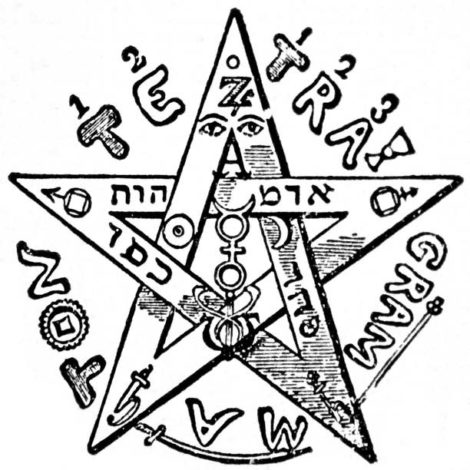
Eliphas Levi’s upright pentagram – the symbol of the microcosmos
Lévi’s treatise on ritual magic, Dogme et Rituel de la Haute Magie, established his position as one of the key figures of the 20th-century magic revival. While throughout his life he was ostracized by the church for his heretical views, it is believed that he made peace with the church and passed away having received his last rites.
Until his passing on May 31st, 1875, Lévi made a living from the books he wrote and the lessons that he taught. He became popular in the 1850s Spiritualism movement, and his popularity continued to grow after his passing.
Lévi was also one of the more popular magicians of his time to incorporate Tarot cards into his system, which continues to influence Western esoteric practices. His legacy influenced the Hermetic Order of the Golden Dawn, which was founded in 1888 in London and which had adopted many of his teachings. A former member of the order, Aleister Crowley, is known to have claimed at times to be the reincarnation of Lévi, because he was born the same year that Lévi passed away.
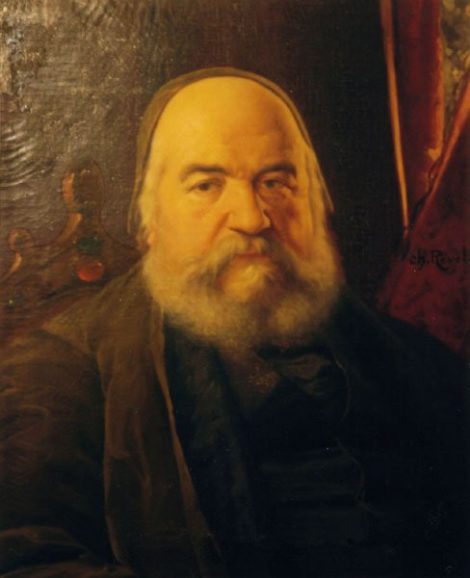
Eliphas Levi, 1874, one year before his death. A majority of modern occult literature was inspired by his ideas, which were widely spread by the Hermetic Order of the Golden Dawn.

www.NettlesGarden.com – The Old Craft


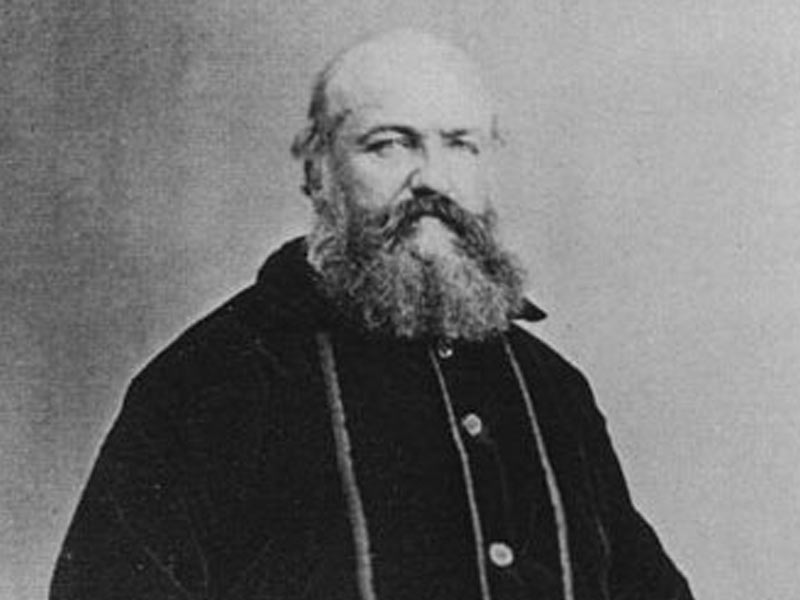
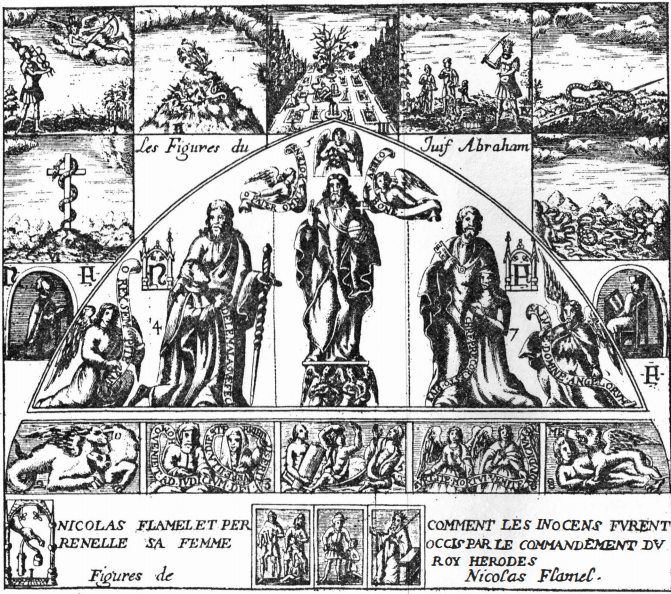
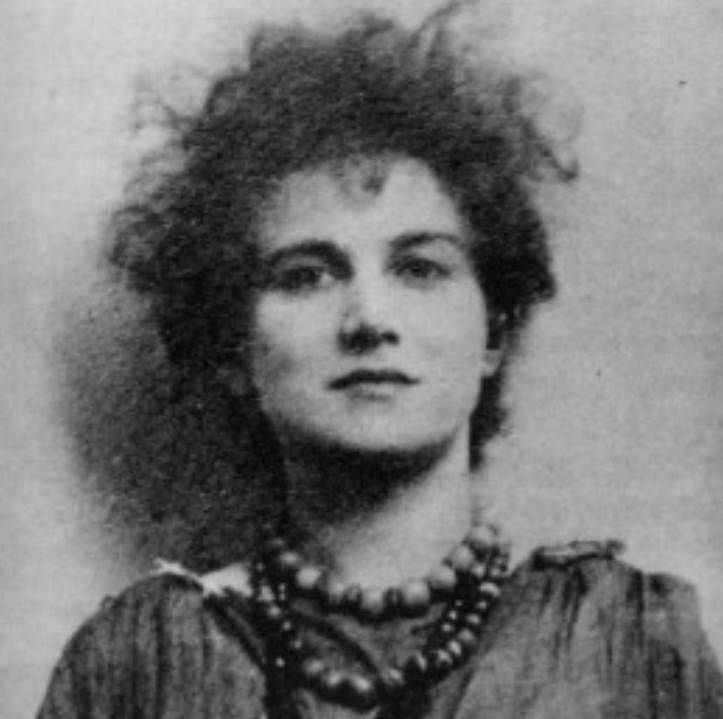
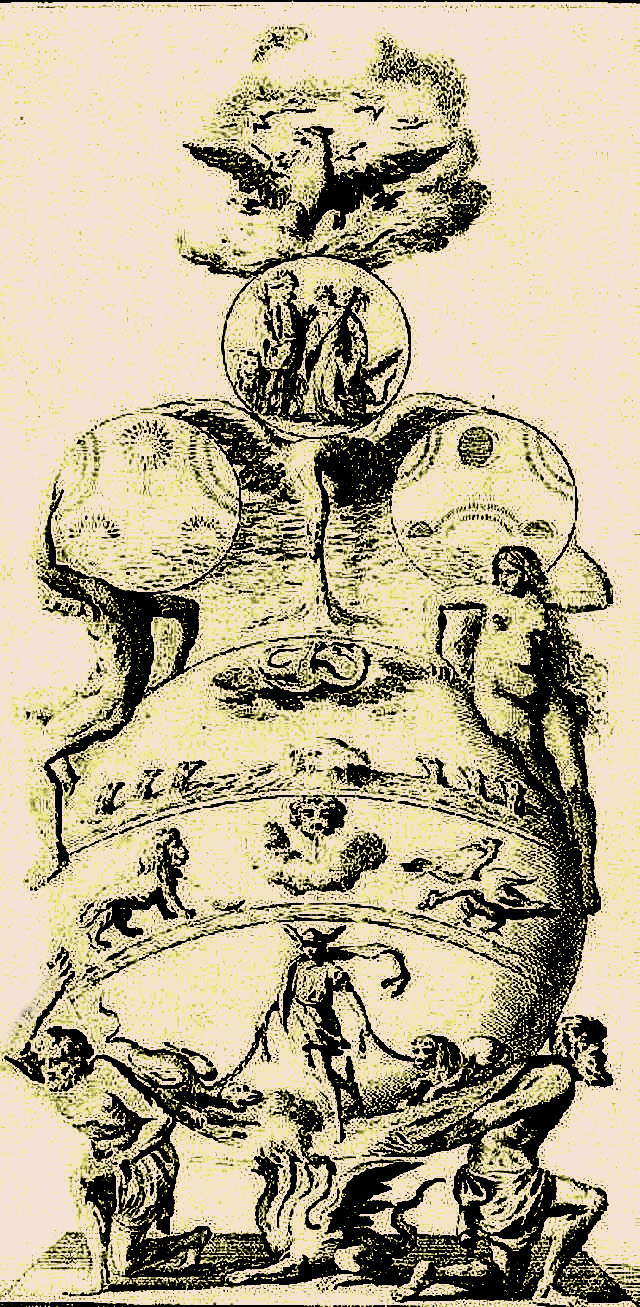
Knight Kadosch | February 18, 2018
|
Congrats, I just discovered your page and feel delighted about it! The articles are well written and the references to other authors or writings are pertinent. You are no beginners, that’s for sure 🙂
Thus, I find your page as a welcomed new breed. Keep up the good work , it would be nice to also see some articles about initiatic orders or on sensitive subjects.
Radiana Piț | March 3, 2018
|
Thank you! We appreciate your kind words. Make sure you subscribe to our monthly newsletter to keep up with our articles, we’re positive you’re going to enjoy them!
Rikard | August 9, 2019
|
Great essay!! One thing that has really bothered me about Mr. Levi’s writings is the fact that as far as I know he never mentioned Dr. John Dee or his enochian escapades. Why??? Wouldn’t he put it in transcendental magic, or history of magic? Makes no sense. He leaves out the most important event in all of ceremonial magic? Hmm. Great site!